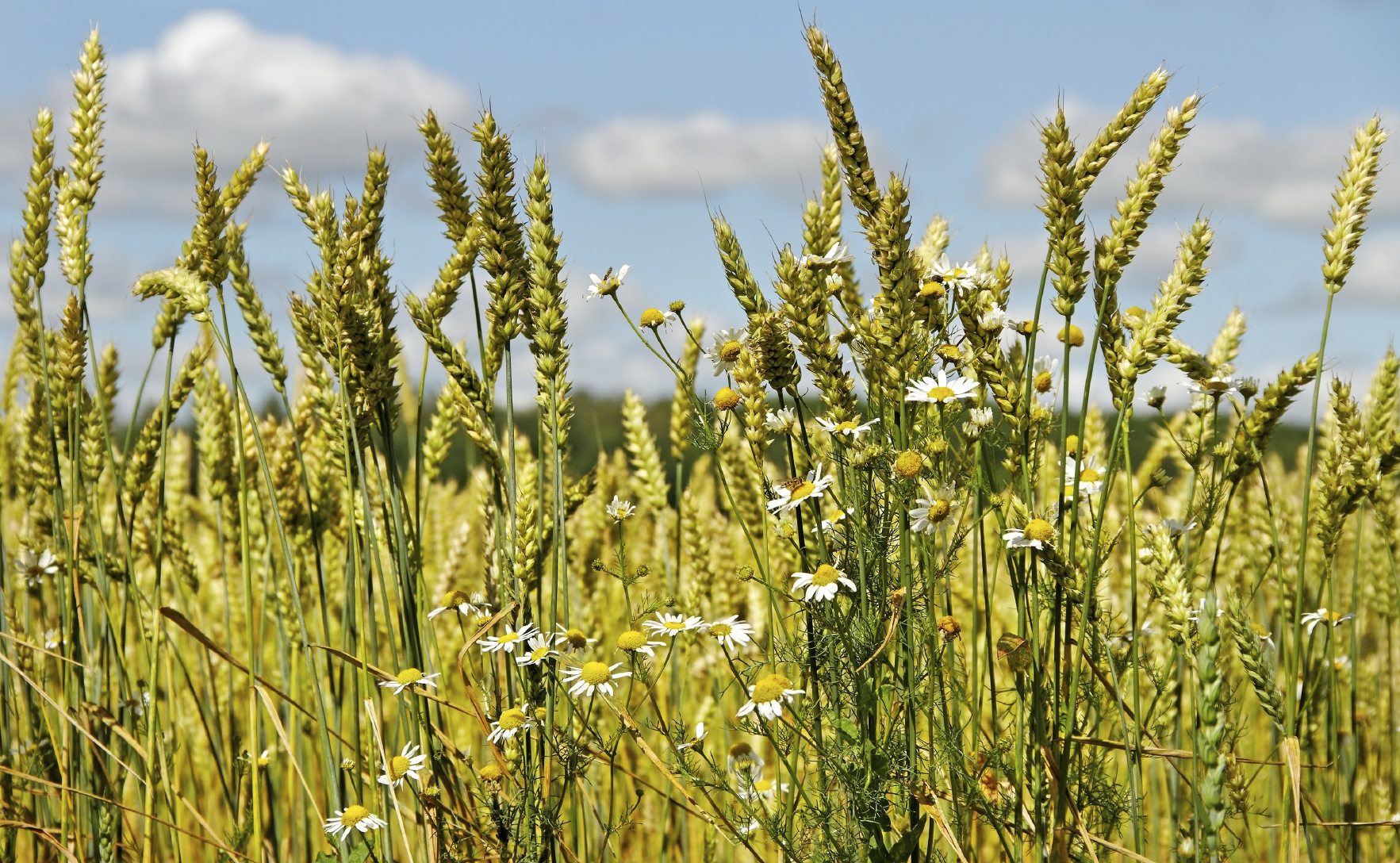Cover Crops For Weed Control: When To Plant Cover Crops To Suppress Weeds


Weeds! They’re the most frustrating bane of the gardening experience. Gardeners from Alaska to Florida know the struggle, as these invasive, aggressive plants seem to pop up full grown out of thin air. What’s a gardener to do? Many choose to smother weeds with plastics, cardboard, and straw, but a few realize the power of cover crops for weed control. Farmers have been suppressing weeds with cover crops for decades, so why shouldn’t home gardeners take advantage? Let’s learn more about cover crop weed control.
Cover Crops to Suppress Weeds
Using cover crops isn’t a novel practice, but it hasn’t been common in small gardens until recently. Although inorganic groundcovers have been widely used, this practice can be both messy and unsustainable, not to mention the substantial amount of black plastic gardeners have contributed to landfills. This year, cover crops should be front of mind – not only can they out-compete weeds, but many release chemicals into the soil that actually prevent weed seeds from germinating (a process known as allelopathy). For example, the following plants play double duty in garden areas as both a cover crop and weed suppressor:
- Winter rye can directly destroy pigweed, lambsquarter, purslane, and crabgrass.
- Sunflower and subterranean clover can suppress invasive morning glories.
- Sorghum can prevent purple nutsedge, Bermuda grass, and many small-seeded annuals from taking hold.
Cover crop weed control isn’t without its problems. Sensitive garden plants can also be poisoned or weakened by the chemical attacks of allelopathic crops. Lettuces are particularly susceptible, while large-seeded and transplanted crops are much more tolerant. Some are even stimulated by the presence of cover crop debris that hasn’t broken down yet. Winter grains, for example, can benefit peas, beans, and cucumbers.
How to Control Weeds with Cover Crops
There’s more to using a cover crop than just tossing seeds on the ground and hoping for the best, but once you’ve got your cover crop established, all you’ll have to do is sit back and watch it work. Always select a cover crop that’s seasonally appropriate, as cool season crops won’t work well for you during the summer and vice versa. Most gardeners choose multiple cover crops that work together to help keep the weeds down throughout the year. Start with a good, weed-free bed. It sounds simple, but that’s the hardest part. Remove any living weeds, rhizomes, and other weed root parts you might find in the soil. The cleaner the soil, the better job your cover crop will do to prevent unwanted growth. Once the bed is as clean as possible, sow your seeds according to package directions, then water, feed, and lime as needed. When growing a cover crop, you need to watch carefully for blooms. The last thing you need is the cover crop self-seeding and becoming a weed itself. So, for the sake of your sanity and your garden, be prepared to till under or mow down your cover crop the moment you notice seed formation beginning. Allowing it to grow as long as possible will give you all the benefits of weed control and green manures combined.
Sign up for the Gardening Know How newsletter today and receive a free copy of our e-book "How to Grow Delicious Tomatoes".

Kristi Waterworth was a regular contributor to Gardening Know How for many years, answering countless queries on plant pests and diseases.